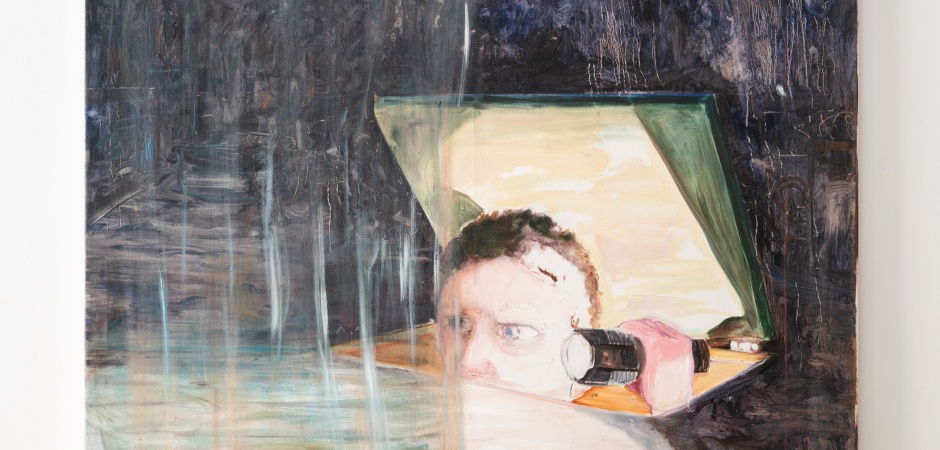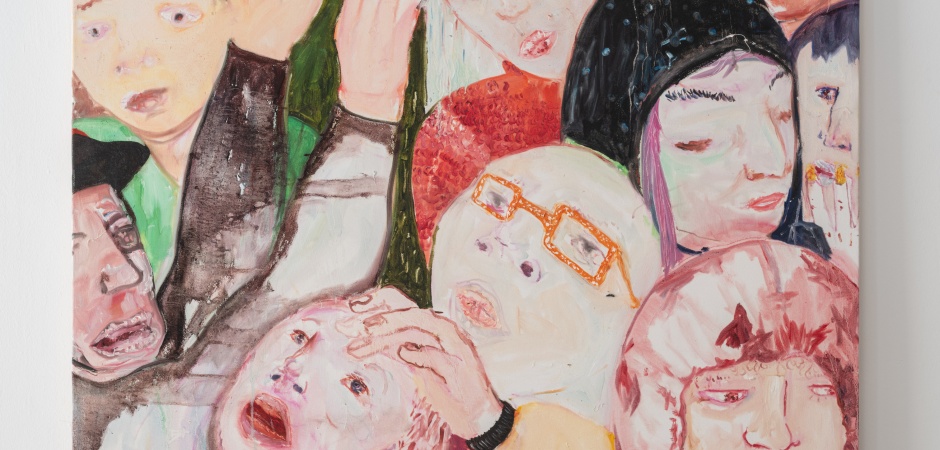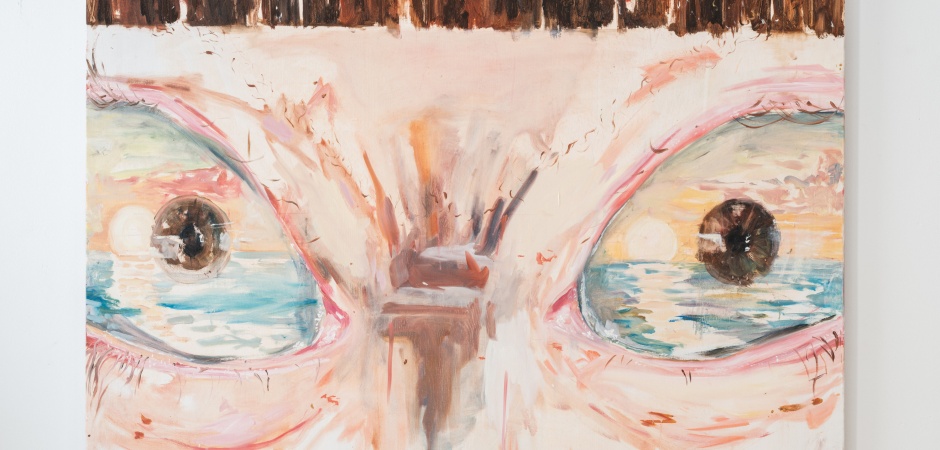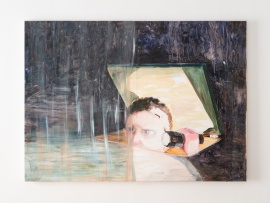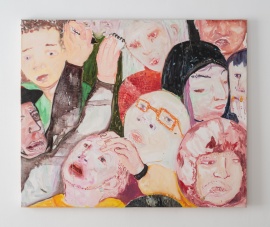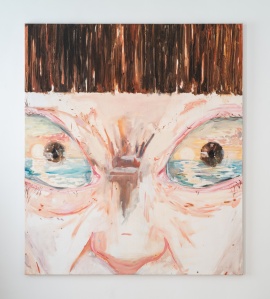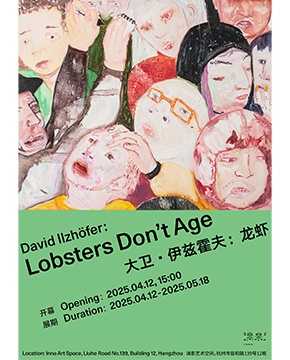Inna Art Space is pleased to present “Lobsters Don’t Age”, the first Asian solo show of German artist David Ilzhöfer. The exhibition will open on April 12, 2025, at 3 PM and run through May 18.
Ilzhöfer’s recent practice revolves around painting and sculpture. He is captivated by the idiosyncrasies of the world around him—its quirks, detours, failed attempts, overheard conversations, careless joys, and perky cruelties, alongside the lingering grandeur of mythic narratives. In short, his work channels a ceaseless current of trivialities, a self-generating archive rippling with fissures and contradictions.
Deeply inspired by Penelope of Homer’s Odyssey, Ilzhöfer contemplates the interplay of myth, reality, and immortality. In a version of the story, Penelope becomes an involuntary immortal. Her prolonged waiting, creative resistance, and the entanglement of fidelity and longevity mirror modern existence, casting light on an uncanny symphony of survival. Absurdly, Ilzhöfer draws parallels with lobsters—creatures that do not die of aging but perish from the agony of molting or, more whimsically, from being devoured. This evolves into a thought play: what would an immortal being do after exhausting all possibilities? His answer: They morph into curators of borrowed memories, specters who subsist on the residue of others’ lives, their own existence a palimpsest of collective euphoria and decay.
Ilzhöfer’s work seeks to capture a defiance against linear time. Drawing inspiration from the altars in 18th century Rococo style and the faux terrains of 19th century panorama, he experiments with painting and sculpture as time-based media. Viewers’ gazes are kept in perpetual motion, meandering across figures, brushstrokes, layered textures, protrusions, and glints to uncover hidden multiplicities. At first glance, his grotesque, tense, and distorted forms—seemingly frozen in climactic moments—appear charged with psychological turbulence. Yet these are not depictions of mental aberration, but unedited truths untainted by digital filters. In an era dominated by airbrushed perfection, Ilzhöfer embalms the body’s raw, unvarnished choreography: a grimace mid-toothbrushing, heads tilted awkwardly in a crowd, faces flushed and colored in choral crescendos. Here, “grotesquery” becomes a bio-mechanical scripture, etching the body’s surrender to entropy.
His papier-mâché sculptures, an extension of this archival violence, materialize as post-digital fossils. Newspapers—crushed, pulped, and reborn—dissolve headlines into amorphous gray matter. Coated in resin or wax, these forms reemerge as absurd relics—resin-crackled surfaces resembling ancient celadon shards, or wax-clad figures caught between unearthed votive objects and discarded cybernetic fetuses. This alchemy of materials interrogates the fragility of meaning: when language is shredded, what remains is the aesthetics of survival—the tensile strength of pulp, the melancholy sheen of resin.
Ilzhöfer firmly believes nothing in this world is inherently ugly. In his view, all works are fundamentally apparatuses of escapism, flash fictions fabricated in his mind during creation. In an age where stories can no longer be passed down orally, even fleeting moments can crystallize into self-contained myths.
fold
